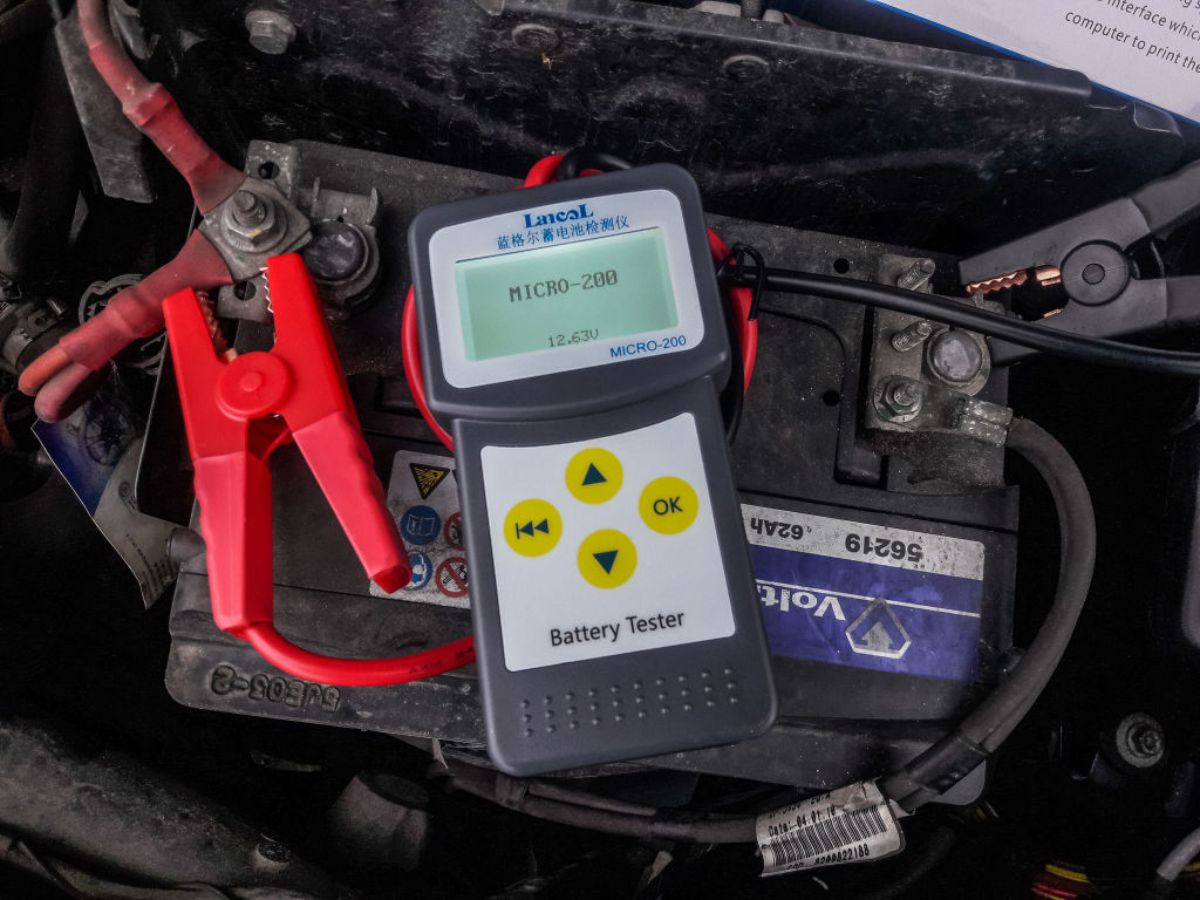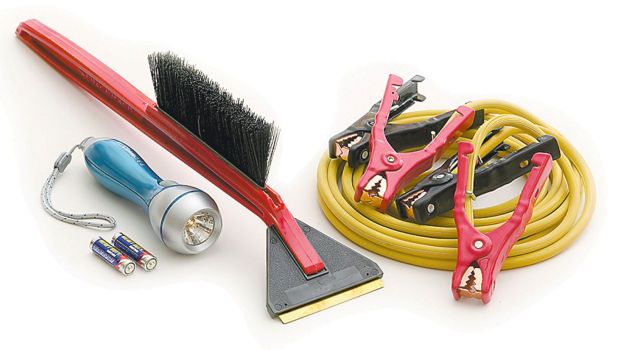
Do Car Battery Warmers Really Work in Cold Weather?
From freezing temperatures to salted roads, winter can wreak havoc on vehicles. But thankfully, accessories help drivers combat the cold. One of those is a car battery warmer or blanket. Warming a vehicle’s battery overnight, this useful accessory helps cars start quickly in frigid temperatures. But how well do car battery warmers work? Let’s find out.
How do car battery warmers work?

Winter temperatures can affect a battery’s performance. Cold weather drains power and slows the chemical reaction during ignition. That can cause issues when you need to get going on a frozen morning. But battery warmers can help.
Like a household electric blanket, a battery warmer wraps a car battery and provides heat, optimizing cold starts. By maintaining an even temperature before ignition, the warmer staves off winter weather’s power-sapping effects. That’s helpful insurance in subzero temps.
Battery warmers come in two types: plug-in units and basic insulators. The plug-ins continually heat a car battery and keep it at an ideal temperature. Basic warmers offer insulation and protection, are easy to install, and cost less.
You can find car battery warmers at auto parts stores and online retailers.
Can you leave a car battery warmer on overnight?
Yes, manufacturers design car battery warmers for overnight use. So, you can leave a battery warmer on all night or for a few hours before starting your vehicle. They not only protect from the effects of the cold but also reduce wear and tear on a vehicle’s power source.
With a plug-in battery blanket, you can power it on at night, wake up, start your car, and go. On the other hand, insulation-type warmers don’t need to be plugged in, making them a simple, round-the-clock solution.
Can you put a household heating pad on your car battery?

Using a household heating pad to warm a car battery is not a good idea. Manufacturers engineer battery blankets to withstand the elements, ensuring safety and long-term durability. A heating pad for personal use isn’t built for automotive use and could present a safety hazard. Besides, car battery warmers aren’t expensive, with basic insulators starting at around $20.
Engine heaters are another helpful winter accessory
When the temperatures drop, a car’s battery isn’t the only part affected. Fluids thicken inside the engine, decreasing lubrication and negatively impacting performance. That can also increase wear and tear. But an engine heater keeps a motor warm, helping oil flow freely and enhancing protection at startup.
When picking an engine heater, consumers have three options: a dipstick heater, an oil pan heater, or a heater pad.
A dipstick heater replaces a car’s stock dipstick, offering convenience and interchangeability between vehicles. But this type of heater isn’t powerful, so it’s not ideal for the coldest climates, NAPA explains.
The next type is an oil pan heater. Typically magnetic, this option attaches to metal parts surrounding the engine block. Plugging it in two or three hours before startup gets you on the road in a jiff. However, cars with plastic oil pans can’t use this type of heater.
Last, a silicone heater pad warms your engine like an electric blanket. Just cover the engine for a few hours before ignition, and you’ll be good to go.
Frigid weather can damage cars. From frozen batteries to thick oil, vehicles can’t function their best when temperatures drop. But car battery blankets and engine heaters solve these issues with insulation and heat, making cold startups a breeze. They offer simple ways to keep your car running smoothly in freezing conditions.






